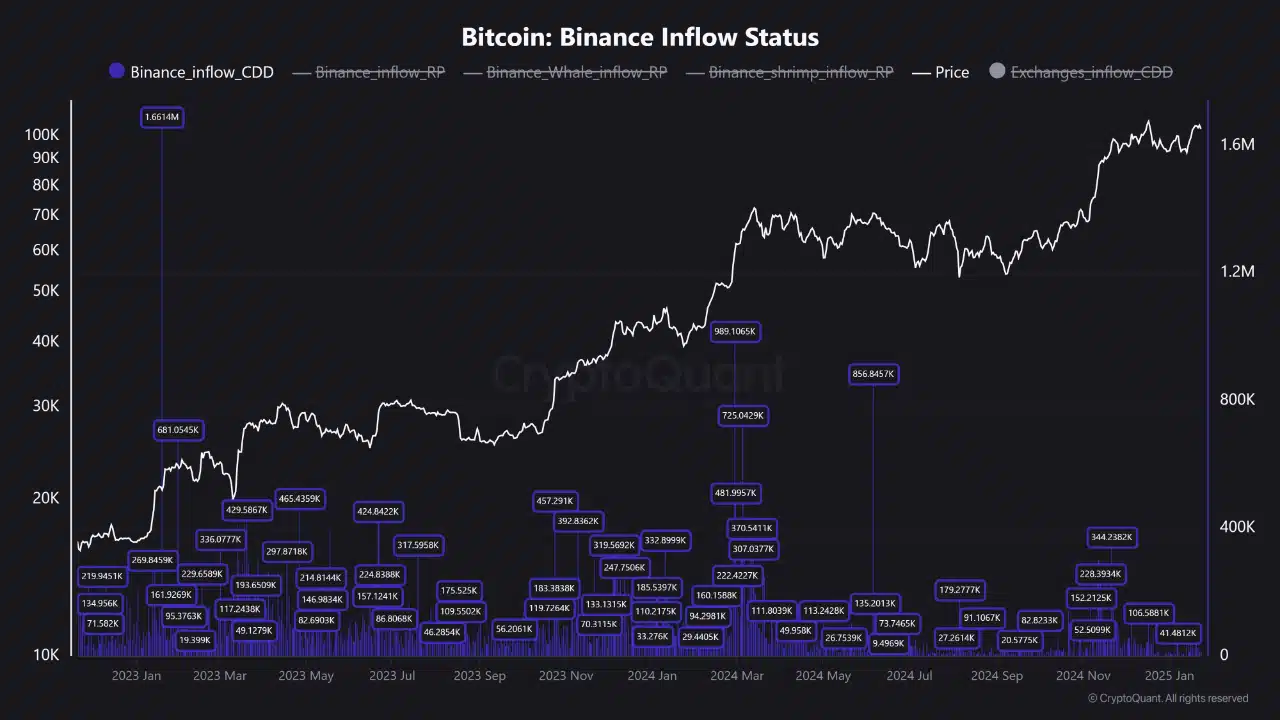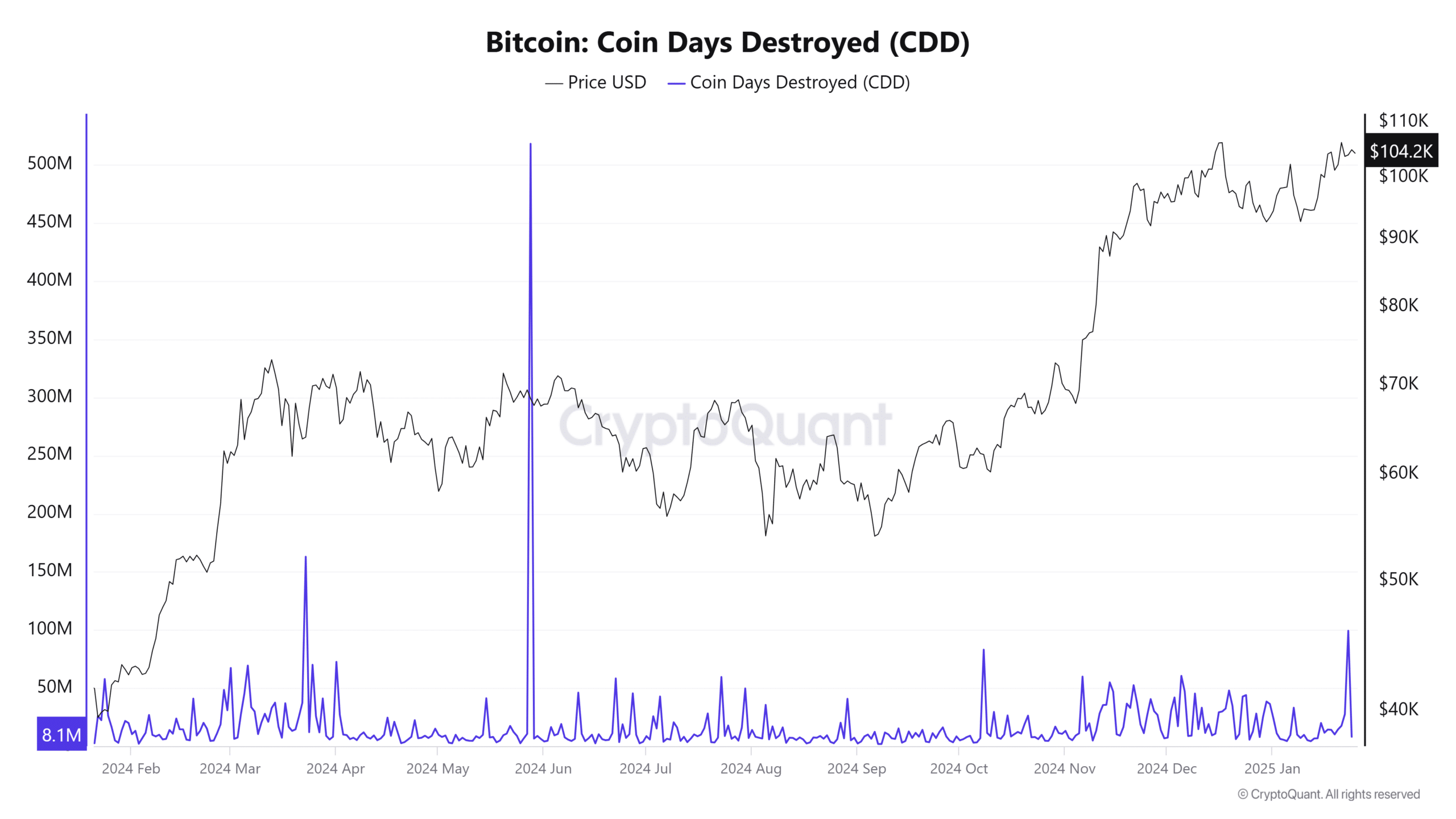-
Bitcoin’s long-term holders, often referred to as HODLers, are demonstrating remarkable resilience amid market fluctuations, signaling strong confidence in its value.
-
Recent data indicates minimal activity among these holders, with a noticeable decrease in Bitcoin movements to exchanges, underscoring their commitment to the asset.
-
“Long-term holders are less reactive to market volatility, showcasing their belief in Bitcoin’s potential for sustained growth,” states a recent report from COINOTAG.
Explore the unwavering confidence of Bitcoin’s HODLers and how their behavior contributes to market stability and price predictability.
HODLer Behavior – Why They Are Less Likely to Sell
Long-term Bitcoin holders have shown an outstanding ability to resist selling their assets even during adverse market conditions. This behavior is fundamentally linked to a belief that the long-term trajectory of Bitcoin, often perceived as a digital hedge against conventional financial instability, outweighs any short-term price volatility. HODLers typically approach their investments with a mindset focused on accumulation and retention, reinforcing the narrative surrounding Bitcoin as a scarce and deflationary asset.
The strategic patience exhibited by these holders is reflective of their understanding of market cycles. Unlike speculative traders, who might make decisions based on short-term fluctuations, long-term holders possess a vision that aligns with the potential for Bitcoin’s appreciation over time, thus prioritizing stability over quick profits.
Bitcoin – Key Insights

Source: Cryptoquant

Source: Cryptoquant
The data represented two pivotal metrics that illustrate the behavior of long-term holders: the percentage of Bitcoin deposits to exchanges from holders who have maintained their assets for more than 155 days, and the Coin Days Destroyed (CDD) metric, which tracks the activity of older Bitcoin. The findings revealed a small fraction of total deposits originating from long-term holders, indicating their ongoing confidence in Bitcoin’s enduring value.
Additionally, the low levels of CDD revealed that older Bitcoin has remained largely still, reflecting a lack of movement and selling activity among dormant assets. This retention behavior fosters a more stable market environment by decreasing sell-side pressure, further underpinning Bitcoin’s stability.
Bitcoin – How Long-Term Holders Are Key to Stability
The actions of long-term holders significantly contribute to market stability by creating a supply floor. Their reluctance to sell during price declines diminishes the availability of Bitcoin for speculative trading, thus cushioning the market against sudden drops. This dynamic helps maintain a more predictable price environment, ultimately reinforcing the asset’s status as a long-term investment.
By holding a considerable portion of Bitcoin off exchanges, these holders mitigate liquidity shocks and foster confidence among market participants. Their steadfast approach to holding BTC is particularly beneficial in stabilizing the asset amidst fluctuations prompted by retail and institutional trading activity.
Conclusion
In summary, the behavior of Bitcoin’s long-term holders not only demonstrates a strong commitment to the asset but also plays a crucial role in enhancing market stability. This adherence to a long-term perspective amidst market volatility underscores Bitcoin’s unique position as a thought leader in the realm of decentralized finance. As the landscape evolves, the prevalence of HODLers is likely to anchor the market’s foundation, preserving Bitcoin’s integrity as a long-term asset class.
